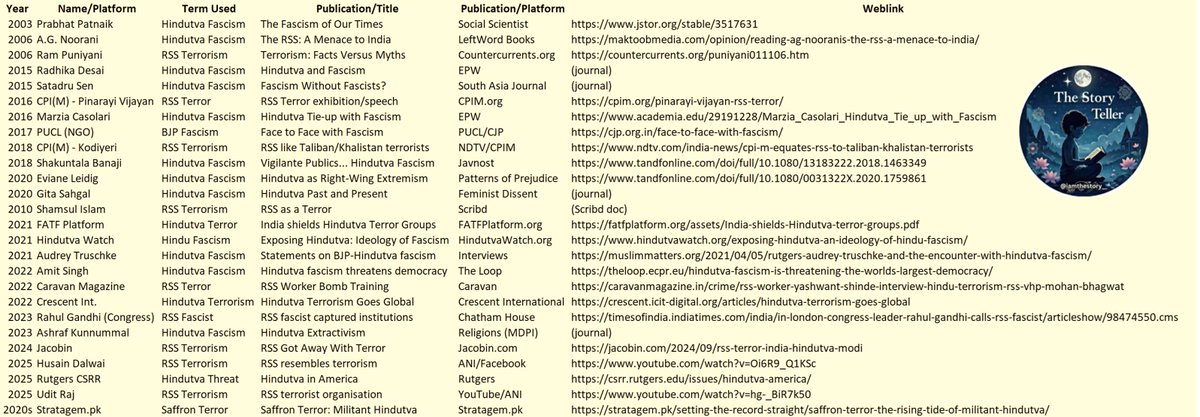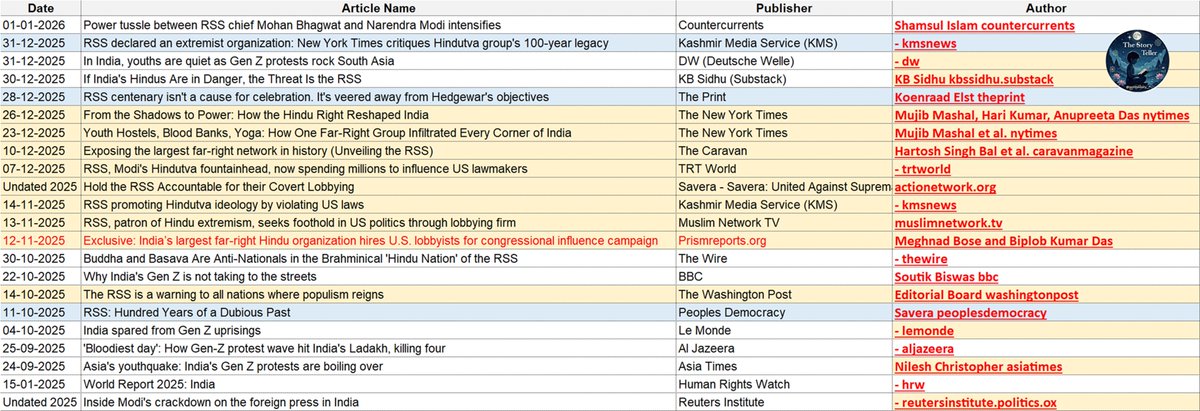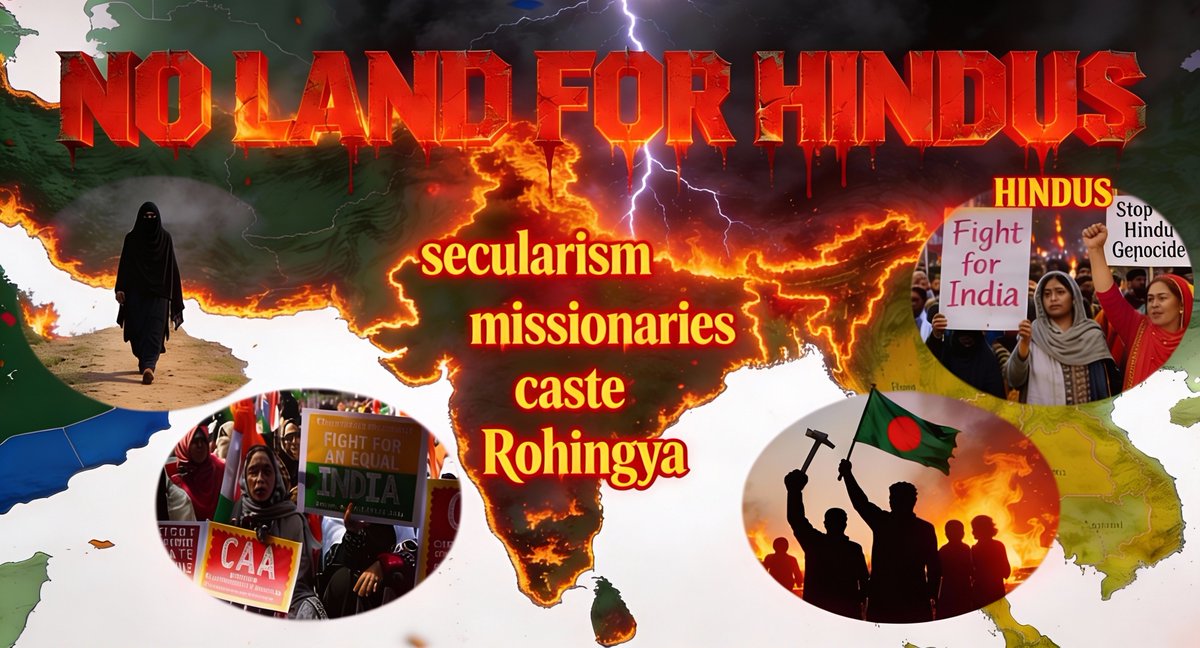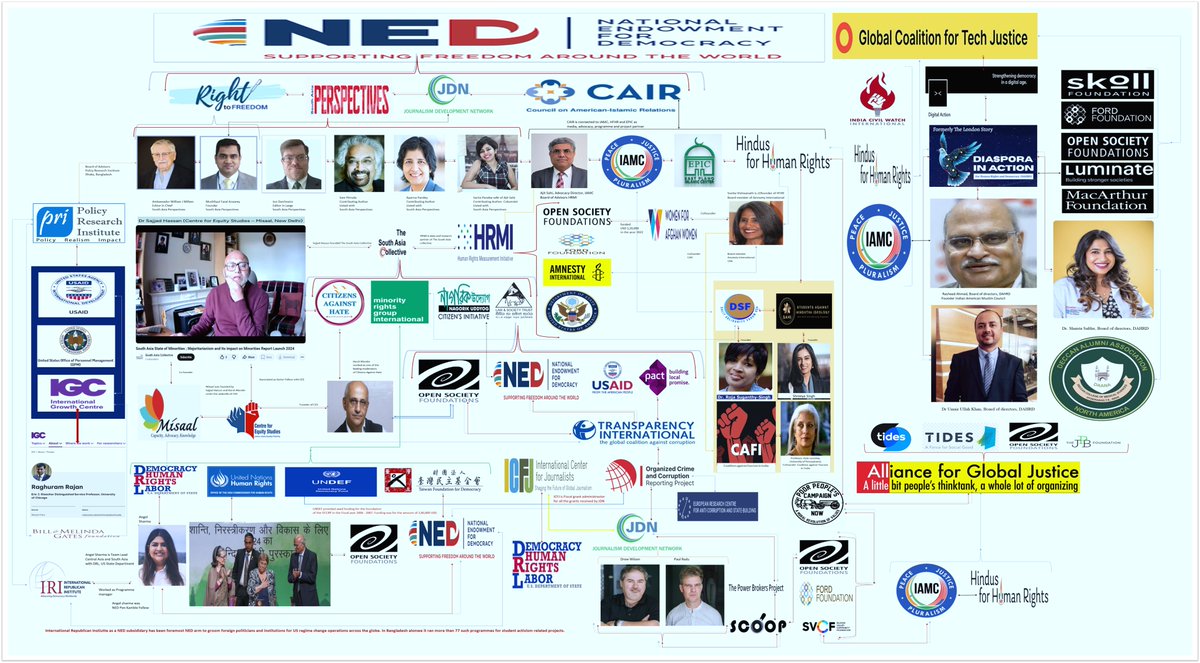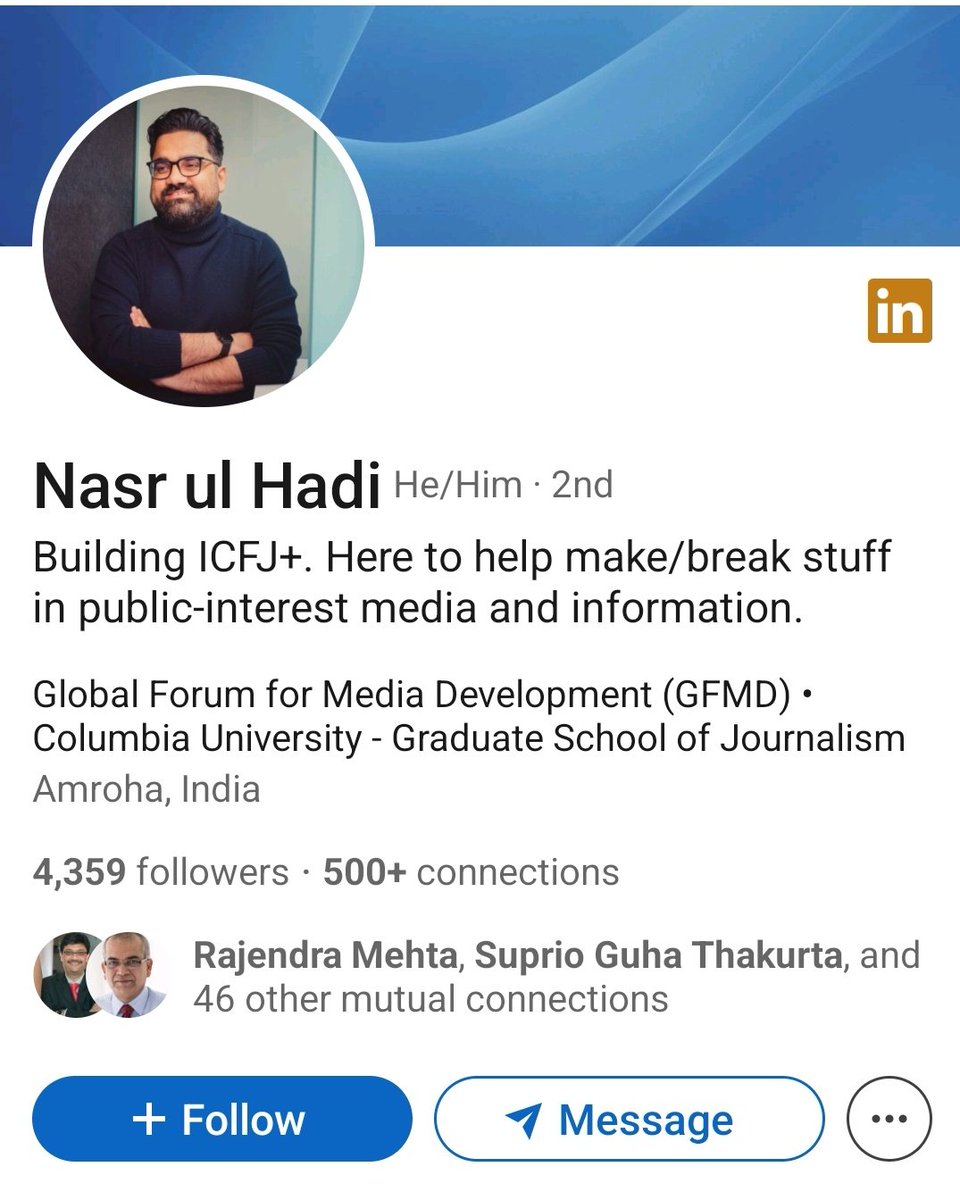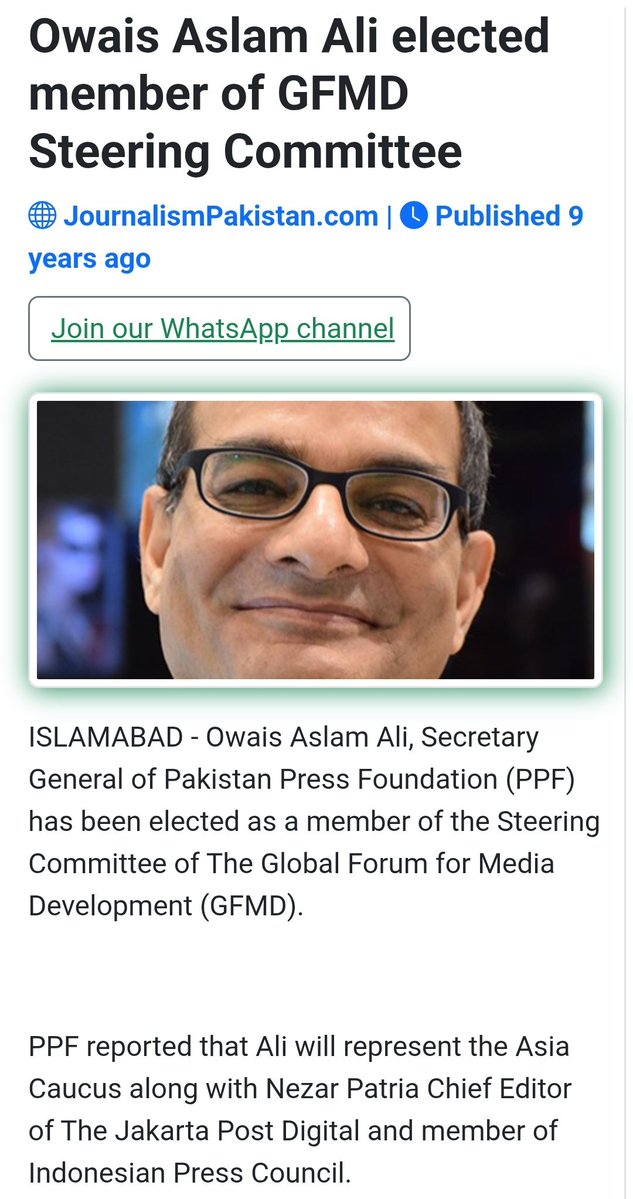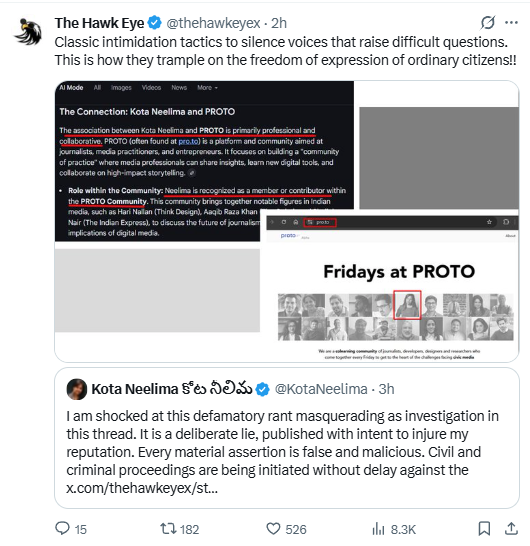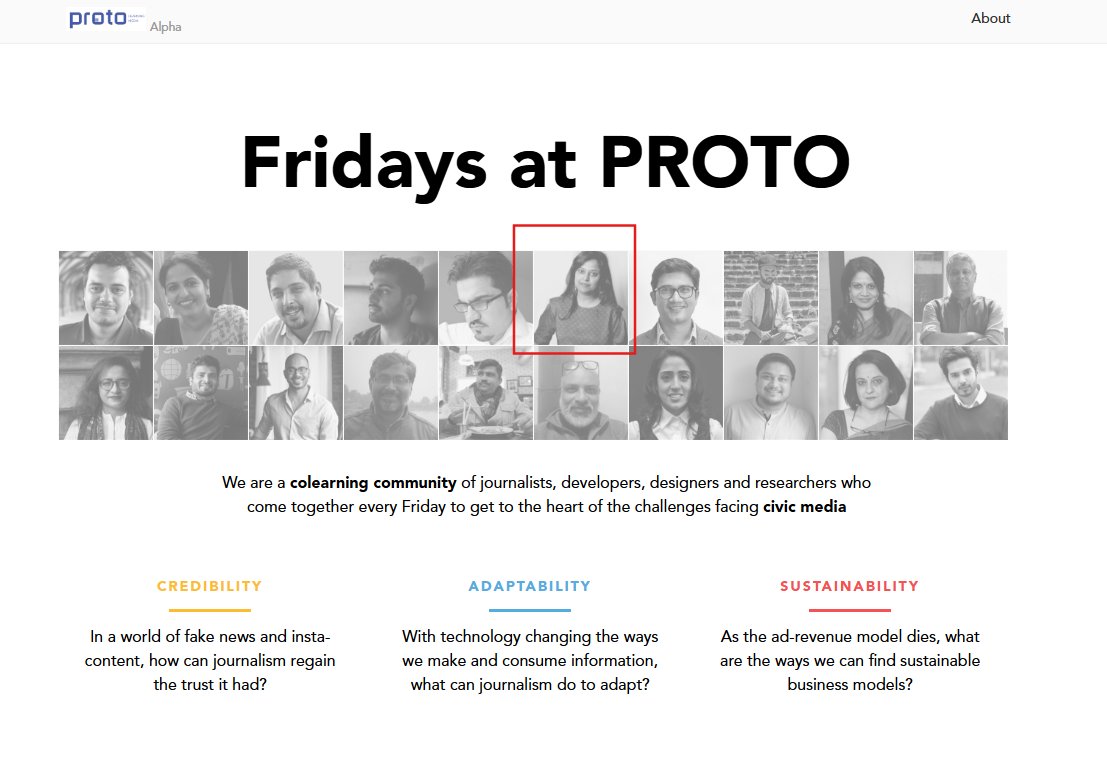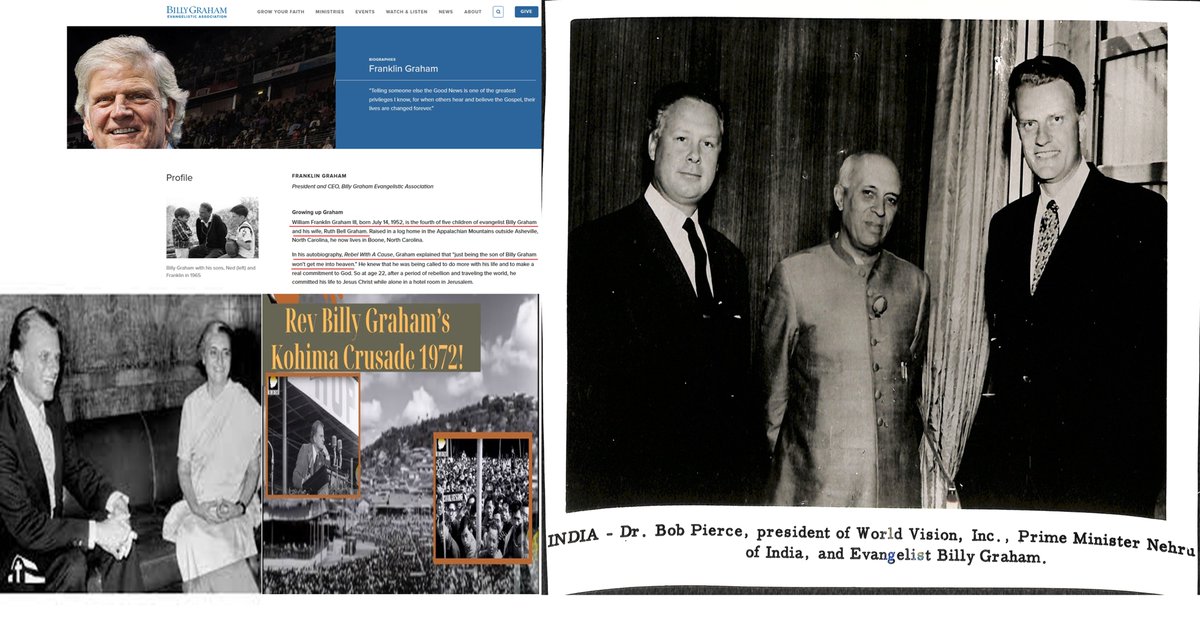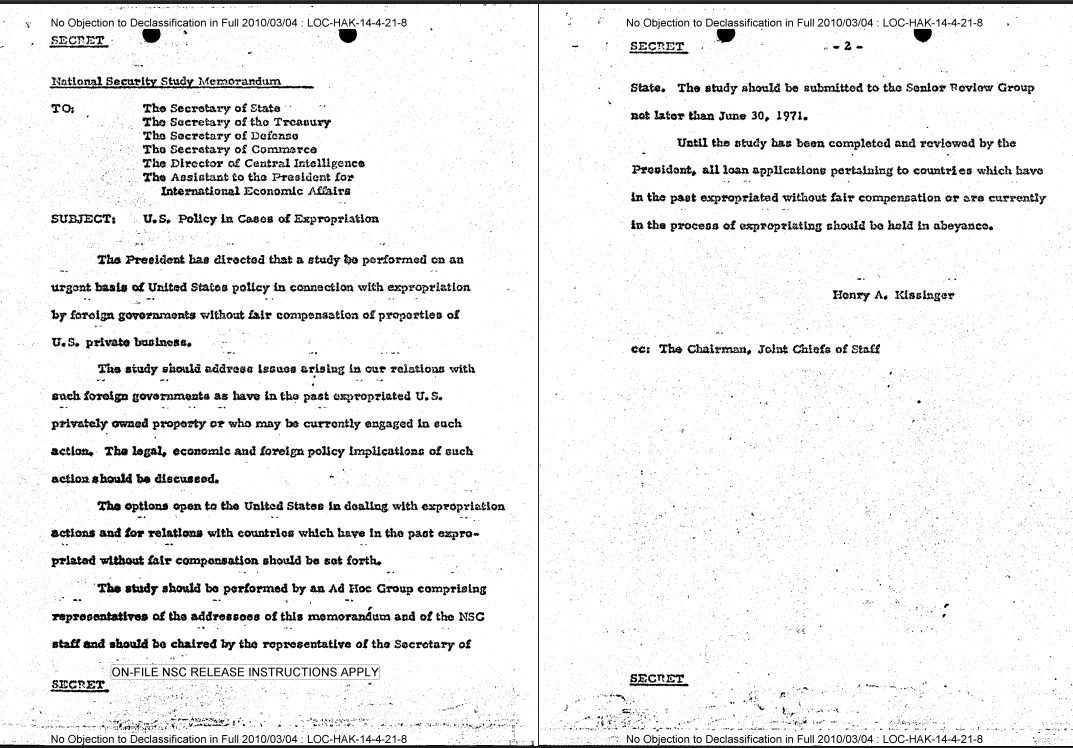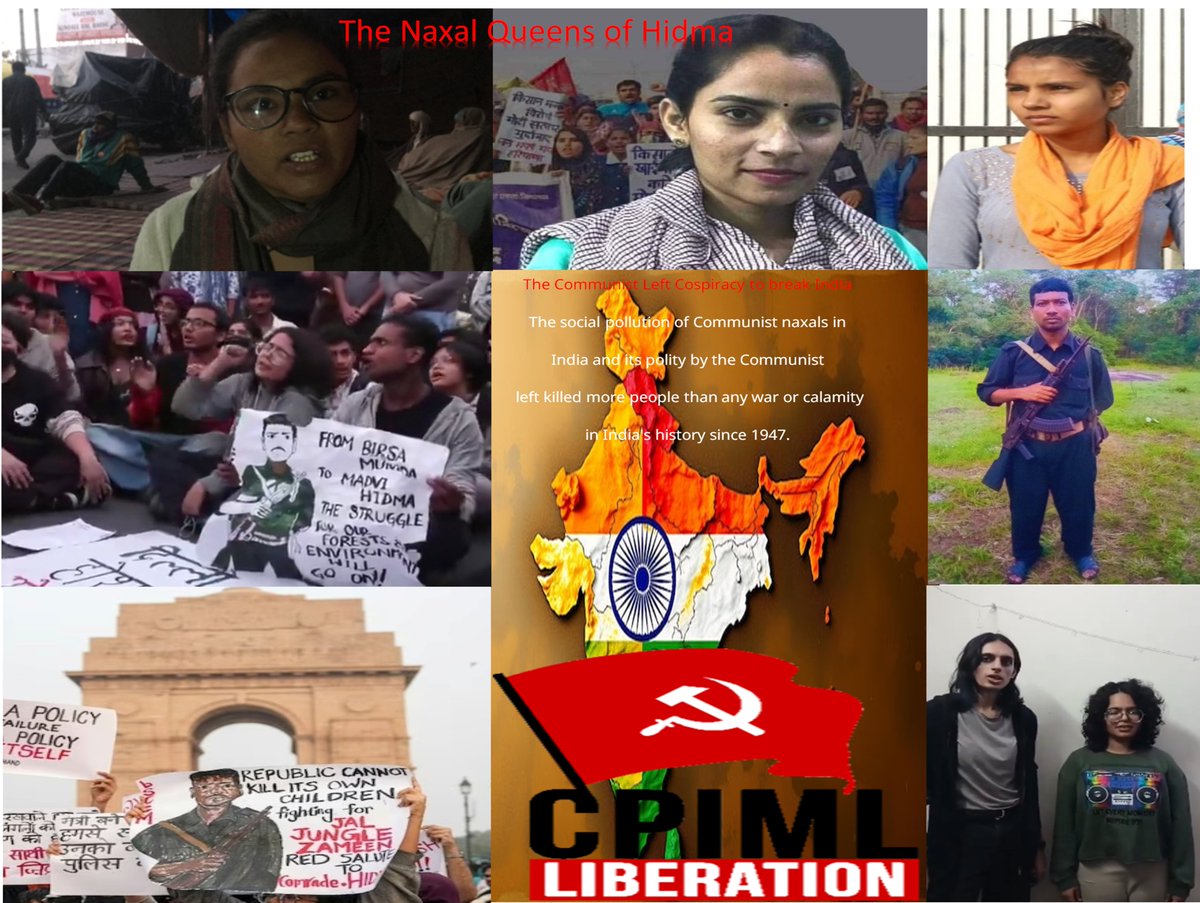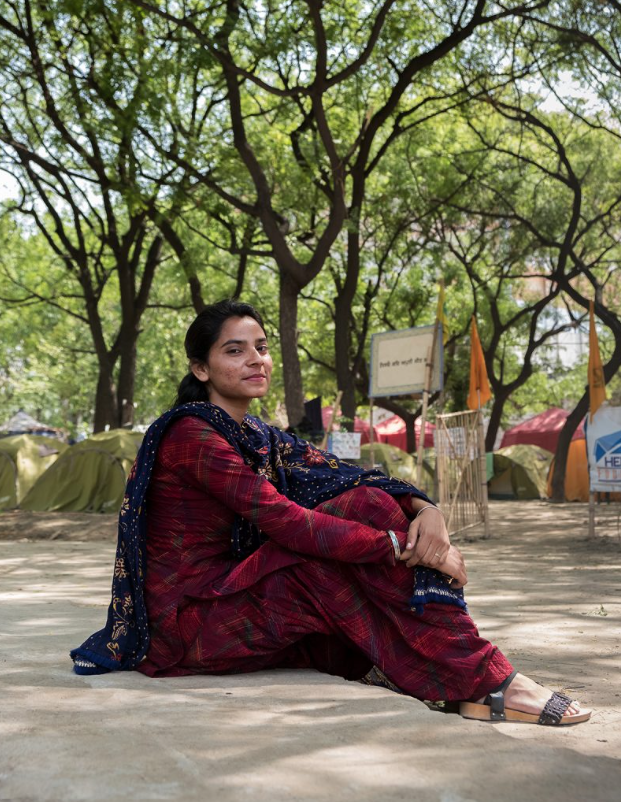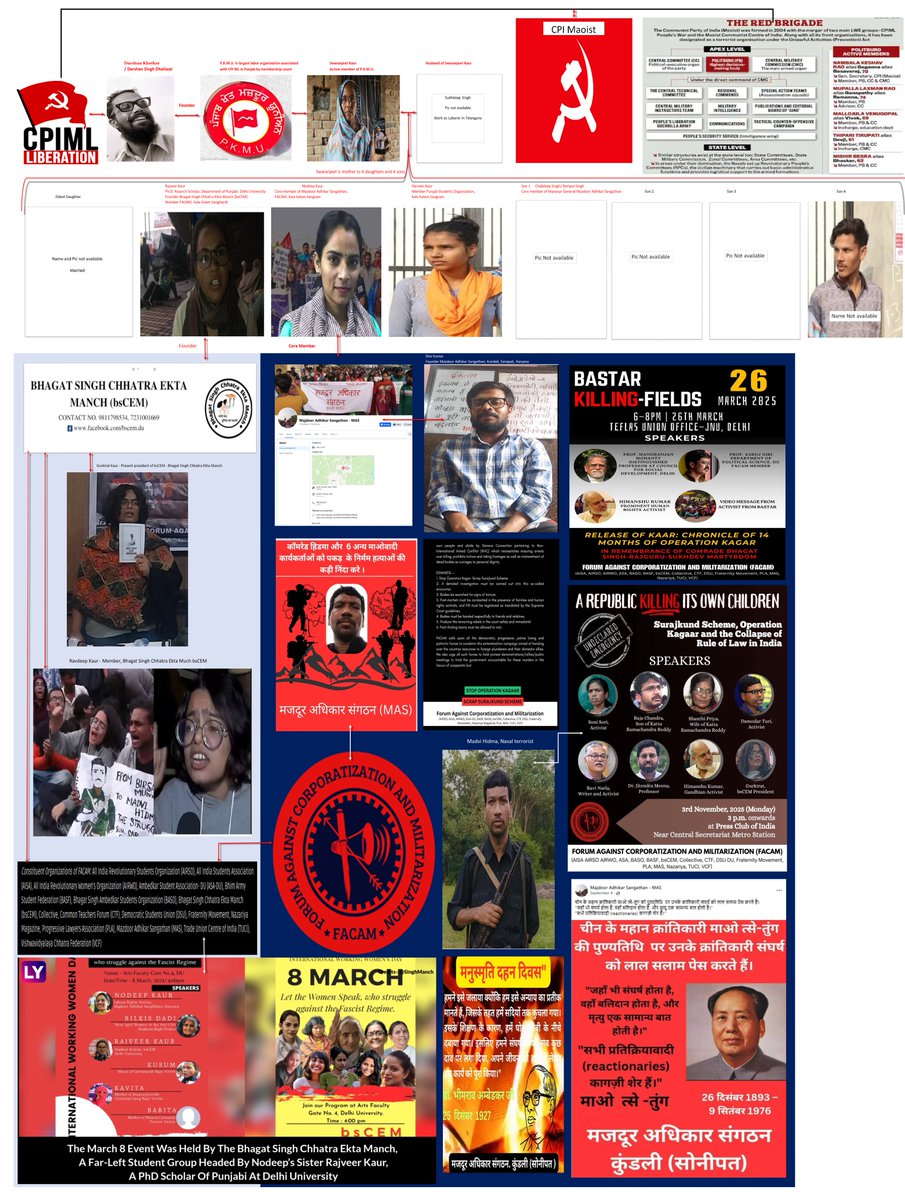⭐️New Zealand has been rocked by a 'massive' 6.3 magnitude earthquake that was felt by 70,000 Kiwis across both north and south islands.
#NewZealand #earthquake
#NewZealand #earthquake

The 'scary' tremor was centered around its capital Wellington on the north island on Wednesday at 7.38pm NZDT (local time 5:38 AEDT) around 50km northwest of Paraparaumu at a depth of 48km.
#NewZealand #earthquake
#NewZealand #earthquake
New Zealand's National Emergency Management Agency said there is no tsunami threat and no significant damage reported. 
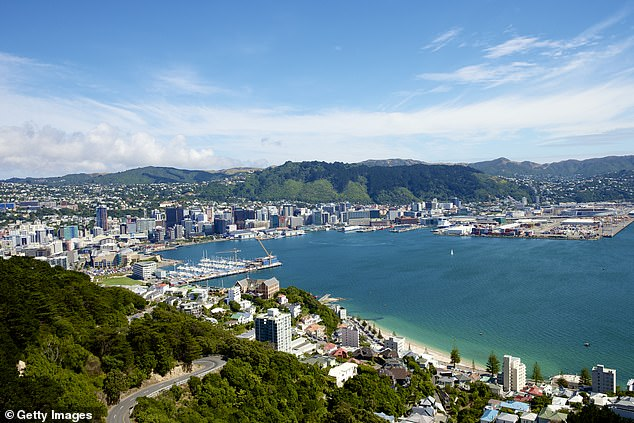
The quake comes a day after the country declared a national state of emergency due to widespread flooding and damage from Tropical Cyclone Gabrielle. 

Tens of thousands, possibly hundreds of thousands, were without power due to destructive winds from the storm, including the entire city of Napier. 

• • •
Missing some Tweet in this thread? You can try to
force a refresh




